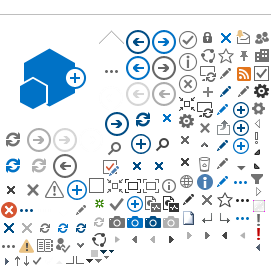South West Indian
Ocean Update
Atmosphere, ocean, ecology dynamics in the West Indian Ocean
Rudy van der Elst
ORI
Royal Society of London: Scientific Discussion Meeting
19 & 20 January 2004-02-22
For two days, a gathering of scientific experts in oceanography, climate and ecology of the West Indian Ocean presented and discussed their latest findings. Not only were the presentations outstanding, but also the level of new information about the physical and biological dynamics of the WIO surpassed expectations. In collaborations with the Shoals of Capricorn Programme, the Royal Society has substantially contributed to advancing our understanding of this all-important ocean. There were a total of 20 presentations and significantly, only three were from scientists residing in the WIO region.
Fascinating results were presented about seafloor morphology based on one-nautical mile bathymetric mapping, much of it via satellite. The continued shift of tectonic plates (about 33mm per year) the role of Reunion as a volcanic "hot-spot" and the mixed origins of such systems as the Mascarene Plateau were seen as key elements to the evolution of the WIO.
Various factors that influence the meteorology of the Indian Ocean were identified. In addition to the dominant cycles of the Asian and Australian Monsoon systems, it was shown that the influence of
El Niño on WIO meteorology is significant, leading to greater variability and accentuating upwelling in several places. Evidence was presented indicating that land structures, such as the Himalayan Plateau and the East African Highlands have a profound influence on WIO climate patterns. 
